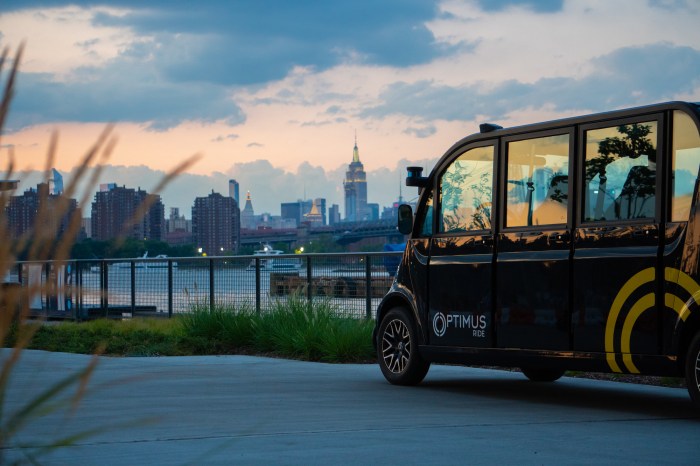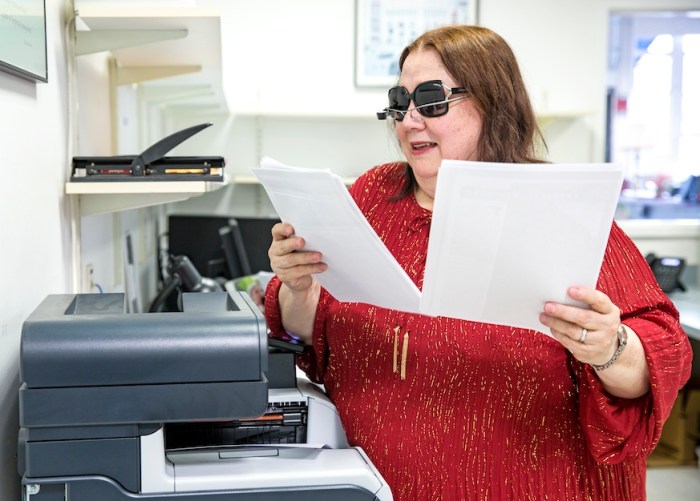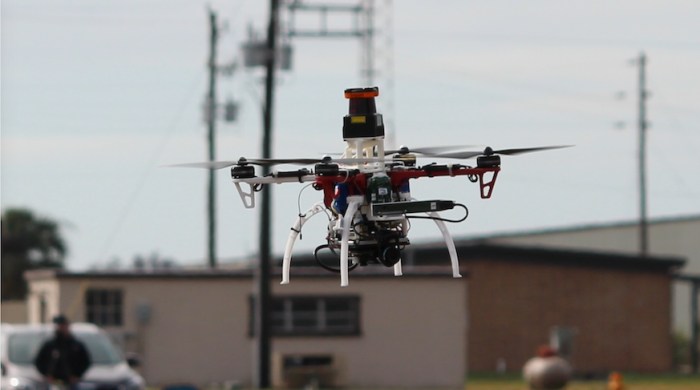It may look like a rudimentary joystick that you attach to your belt, but this gadget, a device to aid blind people, has been described as “revolutionary”. The iAid device uses ultrasonic sensors, GPS and cloud features, adding up as a navigation system for blind people. Created by Alex Deans, an 18-year-old from Ontario, Canada, the gizmo has been compared to a bat’s sonar mechanism and is fitted on a special belt – just like Batman. Metro spoke with the young developer about the gizmo, which he plans to roll out within two years. What inspired you to create the iAid?
– I first thought of creating it at the age of 12. I met a blind woman who had difficulty getting around downtown and wanted a device to help her gain greater independence. By chance, I watched a documentary about bat navigation and echolocation. I linked the concept of echolocation with robotics to create the iAid, which uses sound as the basis for mapping environments. What was the developing process like?
–From age 12 to 15, I learned how to program by working together with inventors from Scotland, Argentina, and South Africa. I developed an initial prototype when I was 15 and worked together with testers at the Canadian National Institute for the Blind (CNIB). I took the feedback from the CNIB and incorporated it in my next prototypes. I am now 18 years old and am working on implementing new technologies from smartphones. The iAid has two separate sensors. How do they work?
–One is for indoors and another for outdoor navigation. Indoors, the iAid uses a series of (ultrasonic) sensors to scan a room using sound. Once you input your destination, the device will find the best path to your destination. The user holds a small joystick in their hand which rotates by itself. The user can feel the movement with their thumb and know which direction to walk in. Outdoors, the iAid works with a smartphone. It uses GPS, compass, Google Maps, and cloud software to find the best route to your destination. The joystick swivels horizontally in your hand to show the direction to the destination, and tilts vertically to show how far away you are while still helping you avoid obstacles. What makes your gadget better than competitors?
– The iAid mimics a human’s normal 180-degree visual field by using wide field scanning with the ultrasonic sensors. In addition to planning your route and leading you around immediate obstacles, the joystick indicates the direction to the destination as well as how far away you are. Thus, the iAid allows for immediate obstacle detection and user orientation. And the cost of the product?
–I really hope to make it easily accessible to the blind community, so the iAid will cost approximately $60-70 once it is mass-produced. And since I am blessed to be fully-sighted, I would like to make the device inexpensive so that those who need it most can truly avail of it. What are your plans for the future of iAid and other inventions?
– I plan to have it on the market in the next couple of years and to finalize some patents on the device. I am currently working on incorporating novel technologies into the gadget.























